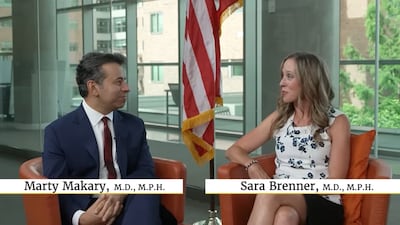Drug sponsors interested in hyperhidrosis research and development should focus on treatments that are effective for all types of excessive sweating – not just underarm or foot/hand sweating, according to patients participating in a patient-focused drug development meeting hosted by the International Hyperhidrosis Society in Washington, DC on Nov. 13.
While there are treatments for hyperhidrosis approved by the US FDA – like Botox injections and DrySol prescription antiperspirant –...
Read the full article – start your free trial today!
Join thousands of industry professionals who rely on Pink Sheet for daily insights
- Start your 7-day free trial
- Explore trusted news, analysis, and insights
- Access comprehensive global coverage
- Enjoy instant access – no credit card required
Already a subscriber?







